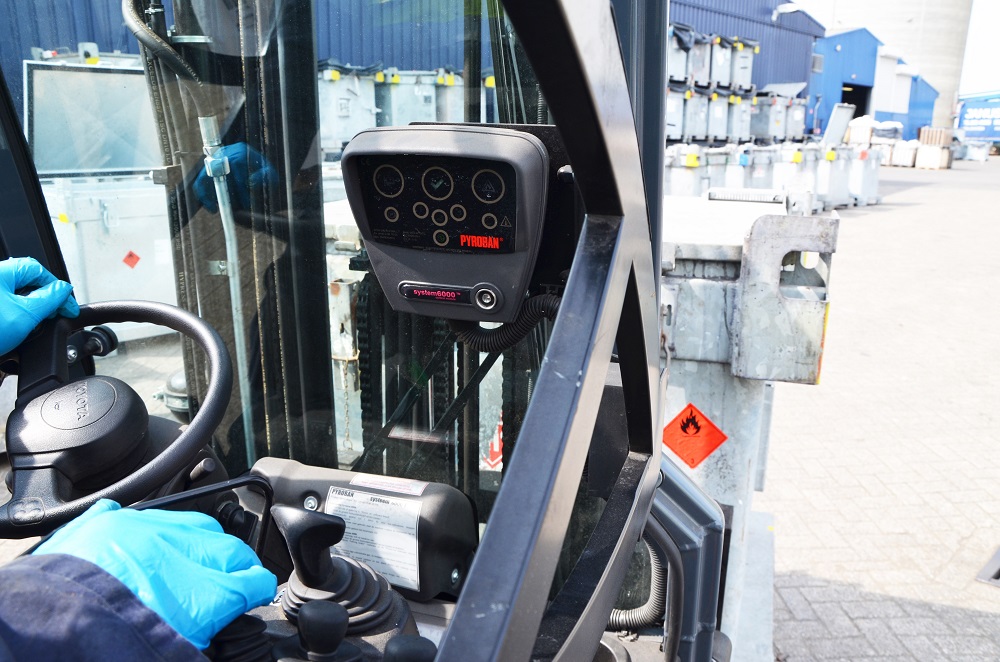New Explosion Protection Standard Focuses on Forklift Static
9th June 2016

The EU standard to which explosion protected forklifts are designed is changing. Steve Noakes from Pyroban says that EN1755:2015 will have a significant impact on equipment intended for use in Zone 2 hazardous areas where static is now considered a normal occurrence.
The new EN1755:2015 standard for explosion protected forklifts will be mandatory from November 2017, confirms Steve Noakes from explosion protection conversion company Pyroban. Forklift suppliers and OEMs need to be aware of the changes well in advance.
EN1755:2015 is the standard by which conversion companies, like Pyroban, convert forklift trucks, so that they are safe for operation in hazardous areas. A spark from unprotected electrical equipment on a forklift, excess heat from the engine, motors, brakes and other components, and even a spark from static build up can create enough energy to cause ignition.
It is the responsibility of the conversion company to follow the correct standards in order to comply with the ATEX 2014/34/EU Directive* and enable the equipment to be placed safely and legally into the market for use in a hazardous area, he says. Explosion protected forklifts are used throughout the chemical, defence, food and drink supply chains and in various manufacturing and logistics businesses.
The update to EN1755:2015 titled Safety of industrial trucks. Operation in potentially explosive atmospheres. Use in flammable gas, vapour, mist and dust, brings together the latest market knowledge and solutions and references the latest standards which were not available when first issued in May 2000.
EN1755:2015 clarifies and standardises the level of safety required for products on the market, confirms Steve. Requirements concerning static electricity will have a significant impact on trucks built or converted for Zone 2 operation (3G) from an end user and maintenance perspective.
Static electricity will now be considered an ignition risk during normal operation, therefore seats, arm rests, roll up cabin sides and other externally accessible plastics need to be antistatic as a minimum. All tyres (where travel speeds are >6km/h) on 3G trucks should now also be antistatic and there must be conductivity to earth either with two straps from the chassis to ground or by using conductive tyres. The location and quantity of conductive tyres or earthing straps should also be marked on the chassis.

